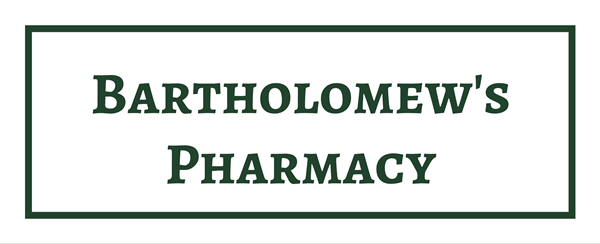
Compounding
What is Compounding?
Pharmacy compounding is the art and science of preparing customized medications for patients. Its practice dates back to the origins of pharmacy; yet, compounding's presence in the pharmacy profession has changed over the years. In the 1930s and 1940s, approximately 60 percent of all medications were compounded. With the advent of drug manufacturing in the 1950s and '60s, compounding rapidly declined. The pharmacist's role as a preparer of medications quickly changed to that of a dispenser of manufactured dosage forms.
Pharmacy compounding is the art and science of preparing customized medications for patients. Its practice dates back to the origins of pharmacy; yet, compounding's presence in the pharmacy profession has changed over the years. In the 1930s and 1940s, approximately 60 percent of all medications were compounded. With the advent of drug manufacturing in the 1950s and '60s, compounding rapidly declined. The pharmacist's role as a preparer of medications quickly changed to that of a dispenser of manufactured dosage forms.
However, within the last two decades, compounding has experienced a resurgence as modern technology and innovative techniques and research have allowed more pharmacists to customize medications to meet specific patient needs.
There are several reasons why pharmacists compound prescription medications. The most important one is what the medical community calls "patient non-compliance." Many patients are allergic to preservatives or dyes, or are sensitive to standard drug strengths. With a physician's consent, a compounding pharmacist can change the strength of a medication, alter its form to make it easier for the patient to ingest, or add flavor to make it more palatable. The pharmacist also can prepare the medication using several unique delivery systems, such as a sublingual troche or lozenge, a lollipop, or a transdermal gel or cream that can be absorbed through the skin. For those patients who are having a hard time swallowing a capsule, a compounding pharmacist can make a
liquid suspension instead.
There are several reasons why pharmacists compound prescription medications. The most important one is what the medical community calls "patient non-compliance." Many patients are allergic to preservatives or dyes, or are sensitive to standard drug strengths. With a physician's consent, a compounding pharmacist can change the strength of a medication, alter its form to make it easier for the patient to ingest, or add flavor to make it more palatable. The pharmacist also can prepare the medication using several unique delivery systems, such as a sublingual troche or lozenge, a lollipop, or a transdermal gel or cream that can be absorbed through the skin. For those patients who are having a hard time swallowing a capsule, a compounding pharmacist can make a
liquid suspension instead.
Local people making a difference
